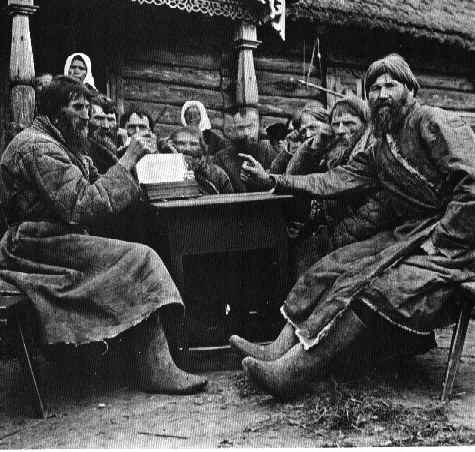Under the Rule of the Tsars
"Labour discipline, enthusiasm for work, readiness for self-sacrifice, close alliance between the peasants and the workers-this is what will save the working people from the oppression of the landowners and capitalists for ever."
-V. Lenin
For centuries before the Russian Revolution of 1917, Russia was ruled by serfdom, a system where farmers were forced to work on land owned by a lord, and had been used since the dark ages. This practice was abolished in 1861, though cruel activities were still continued by land owners, making impoverished life common and challenging in Russia. Citizens in Russia still believed that they had fallen behind compared to the more industrialized and modern countries of the rest of Europe. The Tsars, royal monarchs of Russia, didn’t give much help to the impoverished.
Suffering from starvation, poverty, and the rule of Tsars, the peasants of Russia began to foster a hatred for the government.
Many times before the infamous February and October Revolutions of 1917, the citizens attempted to rebel or protest against the Tsars and their monarchical rule. One notable event was “Bloody Sunday,” where soldiers opened fire on a group of peaceful protesters outside the Tsar’s Winter Palace on January 22, 1905. This tragedy completely ruined the Tsar’s reputation, adding to the already poor reputation caused by the unpopular Russo-Japanese War which was being fought at the time.

Peasants, late 1800's, alphahistory.com
All in all, the decades before the 1900s cultivated a hatred for the Tsar in the impoverished population of Russia, setting the stage for the social uprisings of 1917.